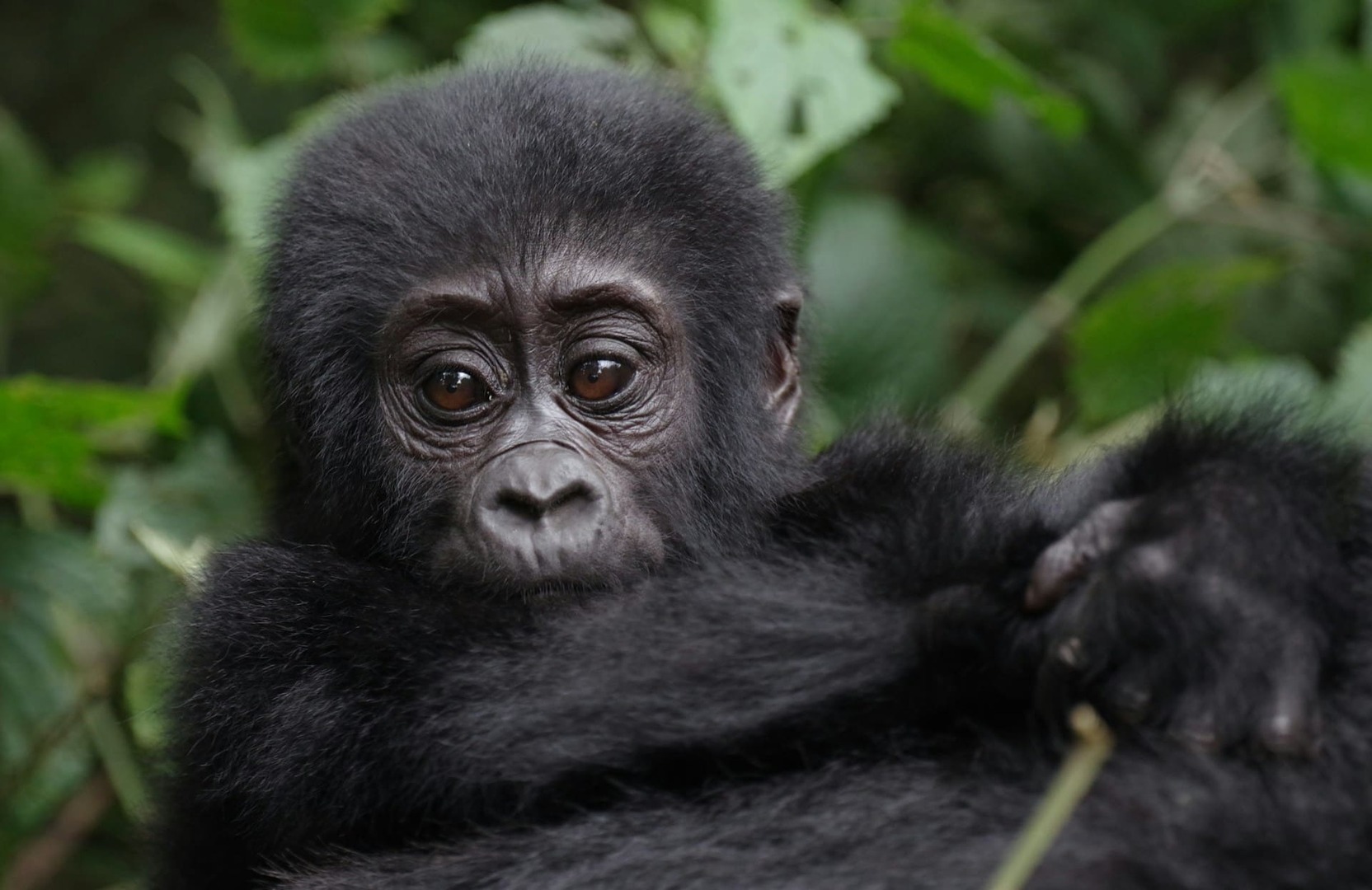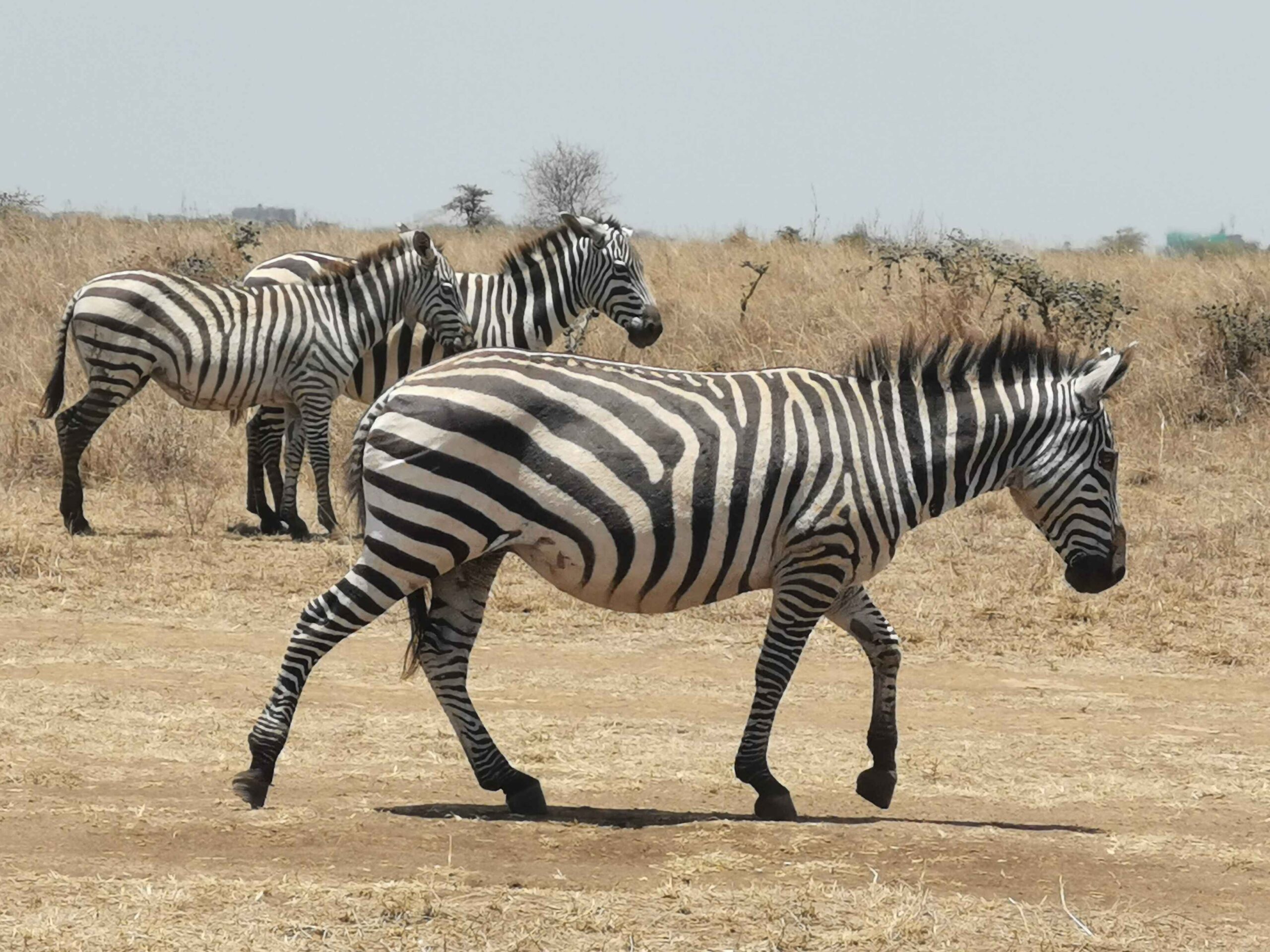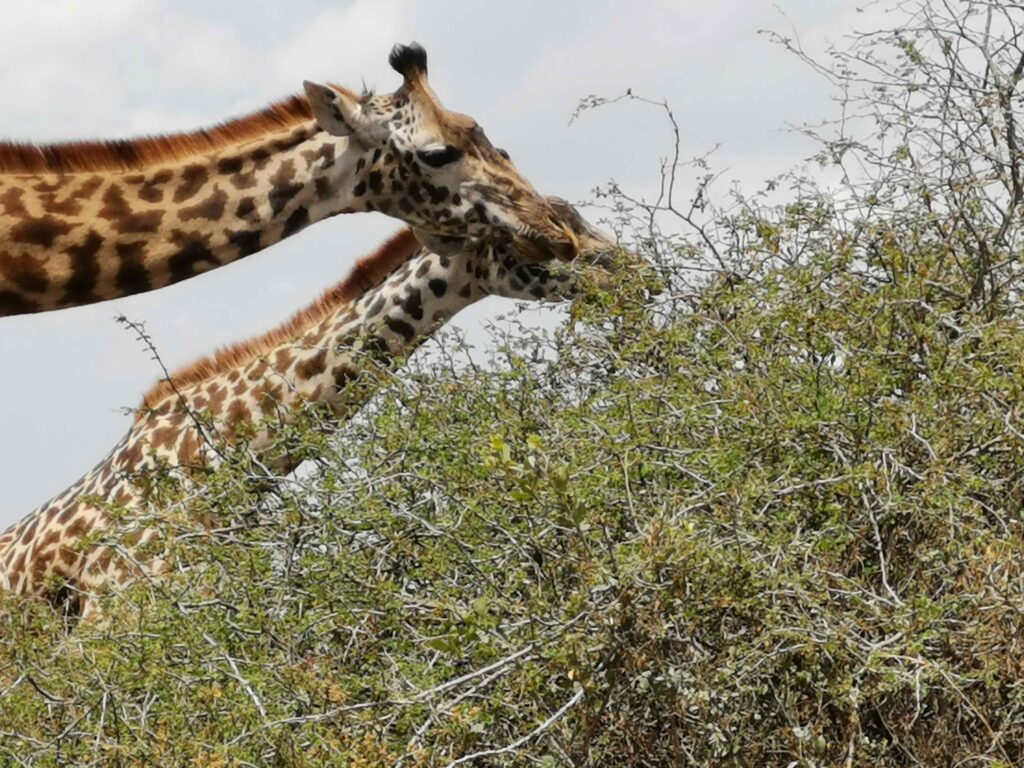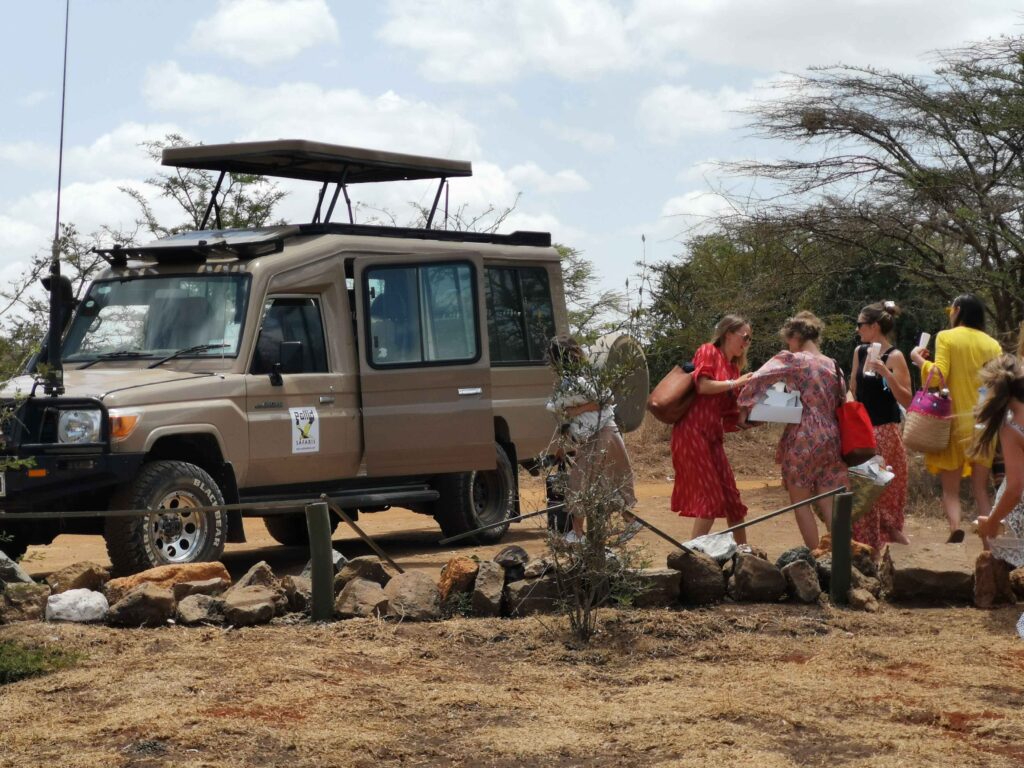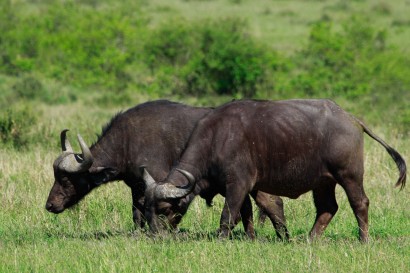Nile crocodile (Crocodylus niloticus) is a large crocodilian native to freshwater habitats in Africa. It is widely distributed throughout sub-Saharan Africa, occurring mostly in the central, eastern, and southern regions of the continent, and lives in different types of aquatic environments such as lakes, rivers, swamps, and marshlands.
Due to its widespread occurrence and stable population trend, it has been listed as Least Concern on the IUCN Red List since 1996. Nile crocodiles are the largest and most common species of crocodiles in Africa. They are the second largest in the world after the Saltwater crocodile in Australia. The African slender snouted and the African dwarf are also found in Africa, dwarf crocodiles being the smallest.
Nile crocodiles are amongst Africa’s most feared predators. And with good reason. It has one of the strongest bites in the animal kingdom and can take down a grown human being with ease. Experts say that a crocodile’s bite exerts a force that is eight times greater than that of the fearsome Great White Shark and 15 times more powerful than that of a Rottweiler.
They usually grow to about 5 to 6 metres in length. Their colouring gets fainter as they age living up to an average of 45 years in the wild but are known to live between 80 to 100 years in captivity.
Nile crocodiles are fast both in water and on land over short distances. Their jaws are strong and equipped with a set of razor sharp teeth that are often replaced. However once their jaw is held shut it cannot be opened. Their claws are sharp and their tails powerful enough to deliver a forceful blow. Their eyesight is excellent both during the day and at night and crocodiles are able to protect their eyes when swimming and hunting with the use of a third eyelid.
Nile Crocodile’s reputation as vicious man-eaters is only somewhat deserved. Due to its habitat on the banks of rivers, Nile crocodiles have frequent run-ins with humans, and they are not fussy about which meat they eat.
Nile crocodiles are carnivorous ambush hunters; they lie unnoticed in wait for their potential prey to get closer and then leash an attack.
A crocodile’s diet changes as they age. The very juvenile crocodiles eat insects, snails, spiders and small aquatic animals. Youngsters eat toads, frogs and small fish while adult crocodiles also eat other reptiles such as terrapins and snakes, as well as rodents and birds.
As crocodiles get older they will hunt down prey such as zebras, hyenas, baboons, wildebeest, antelopes, giraffes and big cats. They swallow small stones that aid in digestion by grinding up the food in their stomachs. Crocodiles are capable of going months without eating due to their slow metabolism.
Nile crocodiles sexual maturity is based on their size with females being sexually ready at 2.6 metres and males at 3.1 metres in length usually taking up to 10 years for each sex to grow to. A female nile crocodile may lay anything between 25 to 80 eggs in a 0.5m deep nest at a time. She will remain near the nest at all times to keep an eye on the eggs which remain in incubation for between 70 to 90 days.
Despite the careful vigilance of the female throughout the incubation period, many nests are raided by various animals including monitor lizards, hyenas, and humans. This usually occurs when the females are forced to leave the nest to cool off (thermoreglate) in the rivers.

Both the female and male Nile crocodiles assist their hatchlings by gently cracking the eggs in their mouths when the little croc is ready to break out of its egg. They will start to make a high pitched chirping noise to alert the mother they are ready to emerge into the world. Not only mothers will help the little one break free from their egg, fathers will sometimes stand in to help too. They transport their hatchlings safely to ‘nursery pools’ where they fiercely guard them against other predators.
Nile crocodiles have temperature-dependent sex determination (TSD), which means the sex of their hatchlings is determined not by genetics as is the case in mammals and birds, but by the average temperature during the middle third of their incubation period. If it’s 30°C or less then the hatchlings will be all female; at 31°C there will be both male and female, and at 32°C they will be predominantly male.
Crocodiles are the most vocal of reptiles. Among more than five different calls are the deep, vibrating bellow of courting males and the ‘peeping’ of babies inside the egg. This ‘peeping’ encourages the female to excavate the nest. Nile crocodiles swallow stones, known as gastroliths. These act as ballast, helping them to balance their body underwater. Did you know that unlike other most other reptiles who have a 3 chambered heart, crocodiles have a 4 chambered heart? Now you know!
These fascinating creatures were nearly hunted to extinction in the 1940s to 1960s for their meat and skin, but have since seen a healthy rise in their population. There are roughly 250,000 to 500,000 Nile crocodiles left in the wild today found across Africa. For the best safaris in east Africa, just let us know and we will come up with options and best deals for you!

